Eliel Saarinen
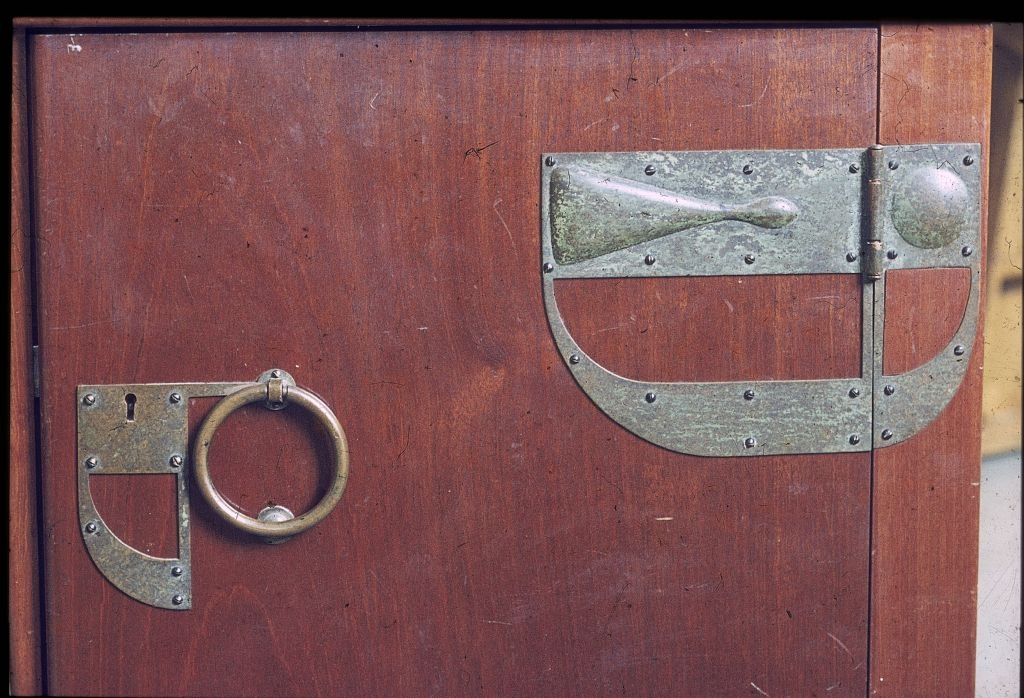
Eliel Saarinen, desk, detail
Gottlieb Eliel Saarinen (Finland, 1873–1950) was a Finnish-American architect known for his work with art nouveau buildings in the early years of the 20th century. He was also the father of famed architect Eero Saarinen. Eliel Saarinen established an architecture office together with fellow architecture students, Herman Gesellius and Armas Lindgren in 1897, the same year they received their diplomas of architecture. The Exposition Universelle 1900 in Paris was the breakthrough for the architect trio. The Grand Duchy of Finland had its pavilion at the exposition, designed by Gesellius, Lindgren and Saarinen. The National Museum of Finland, based on the winning entry of the architecture competition in 1902 and completed in 1910, is the office’s main work,along with the atelier home Hvitträsk. For each commissions Saarinen would also design furniture and sometimes even rugs. In 1922 Saarinen received a small windfall of money for his second prize-winning entry to the contest to design the Chicago Tribune Tower and he moved to the States with his wife Loja, a textile designer and the sister of his partner Gesellius, and his son Eero.
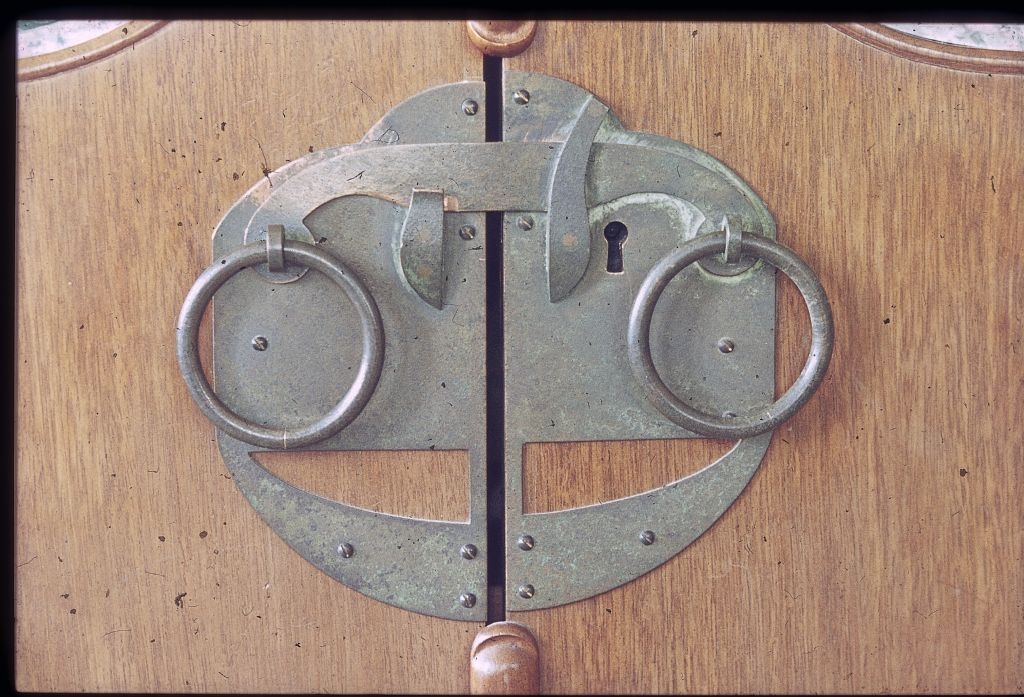
Eliel Saarinen, chest of drawers, details
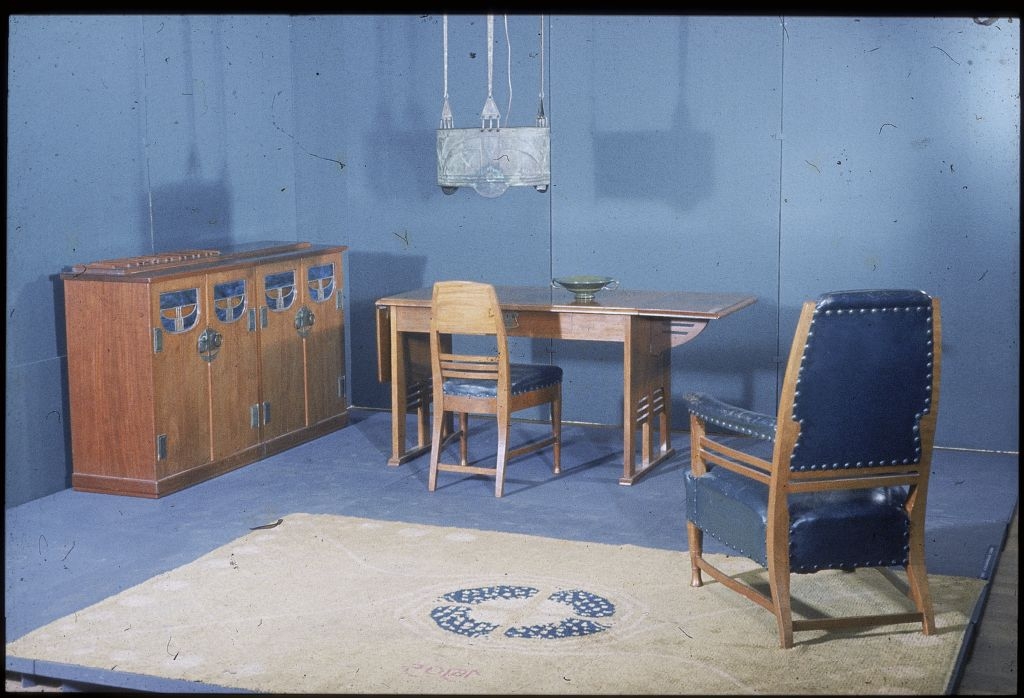
Eliel Saarinen, furniture group
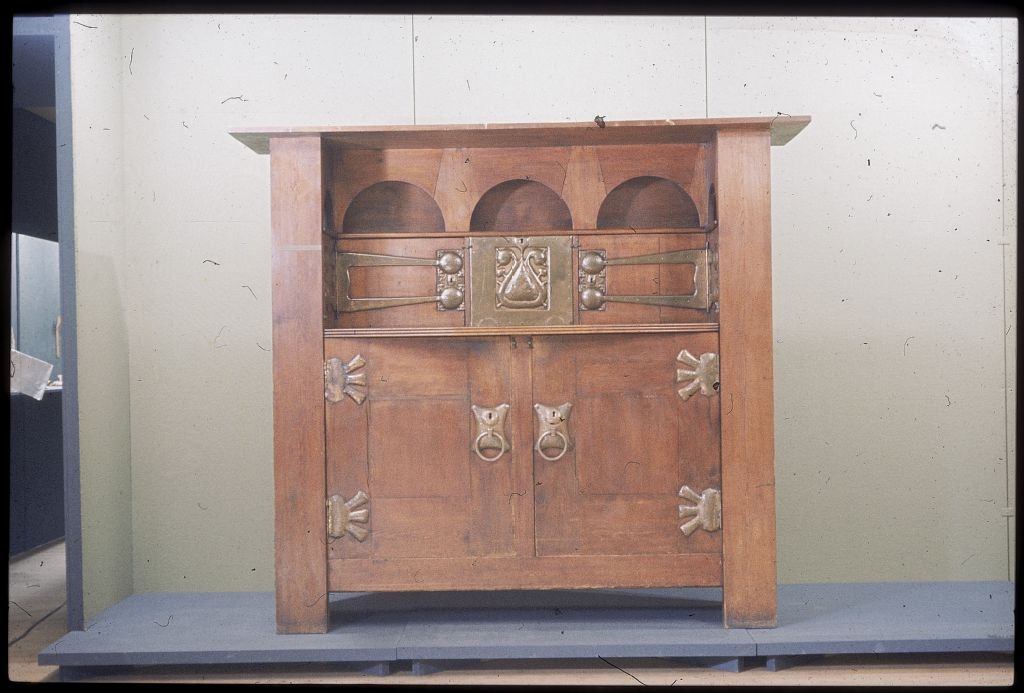
Eliel Saarinen, sideboard
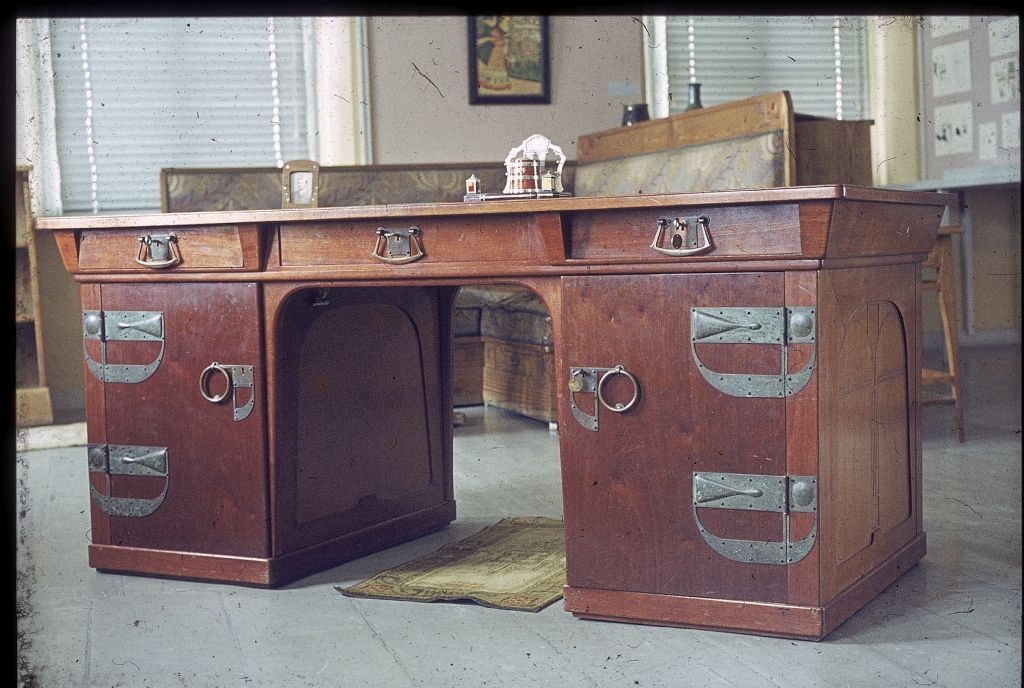
Eliel Saarinen, desk
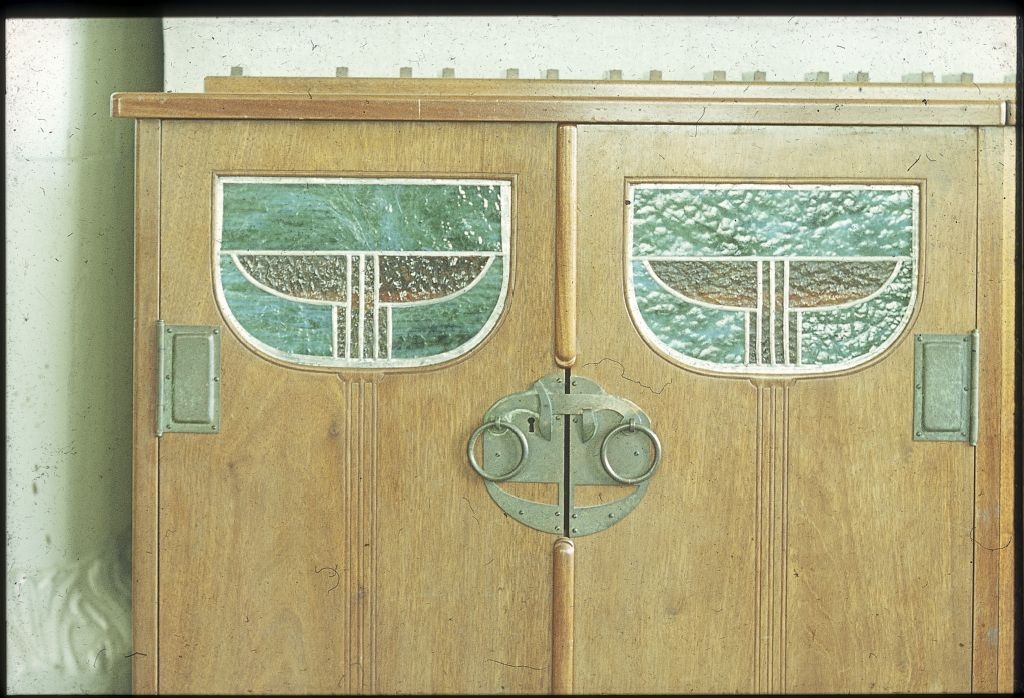
Eliel Saarinen, chest of drawers, details
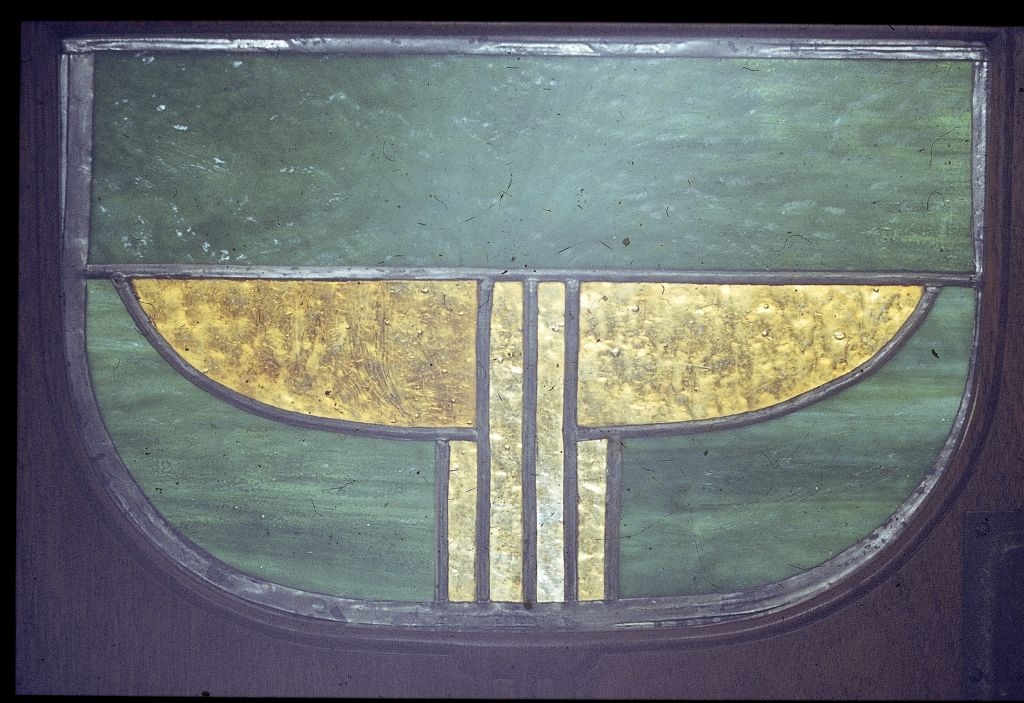
Eliel Saarinen, chest of drawers, details
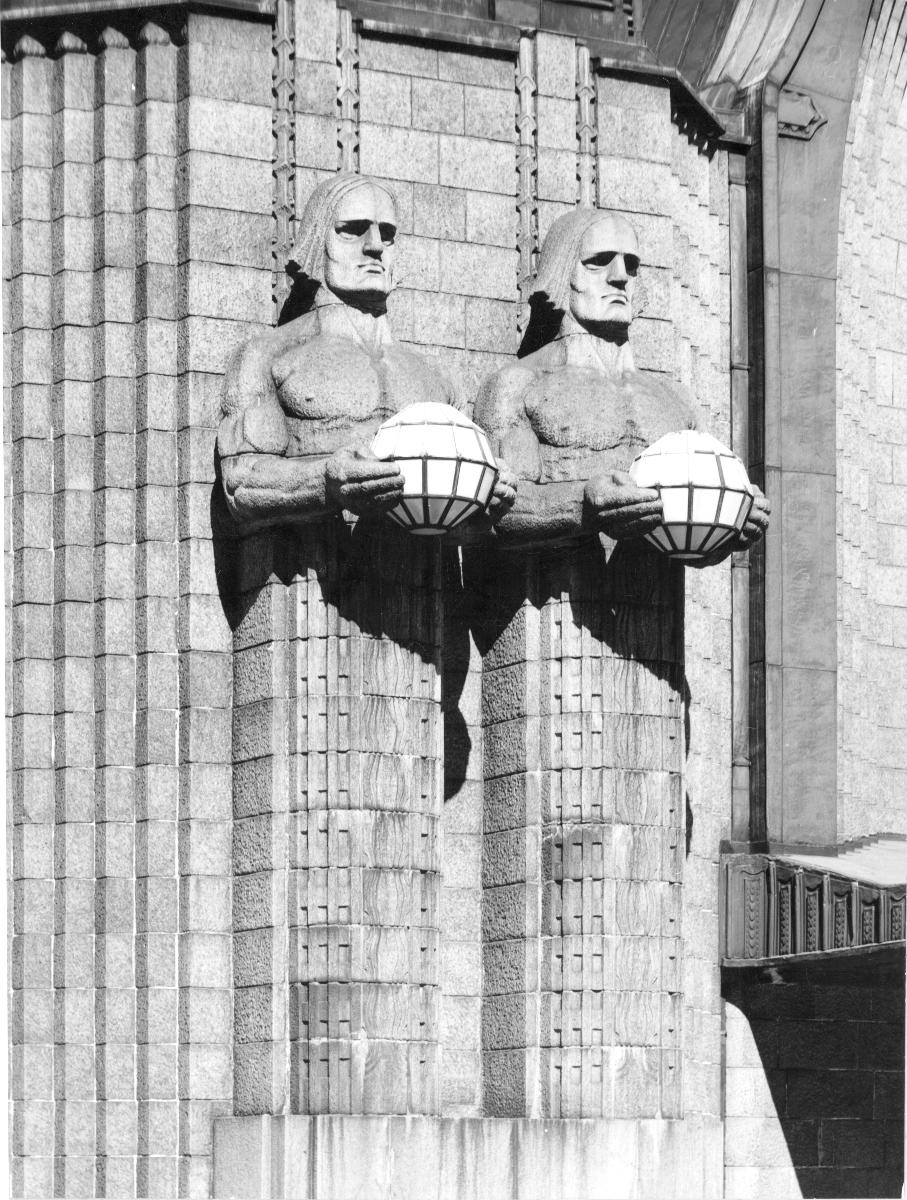
Eliel Saarinen, Central Railway Station, Helsinki
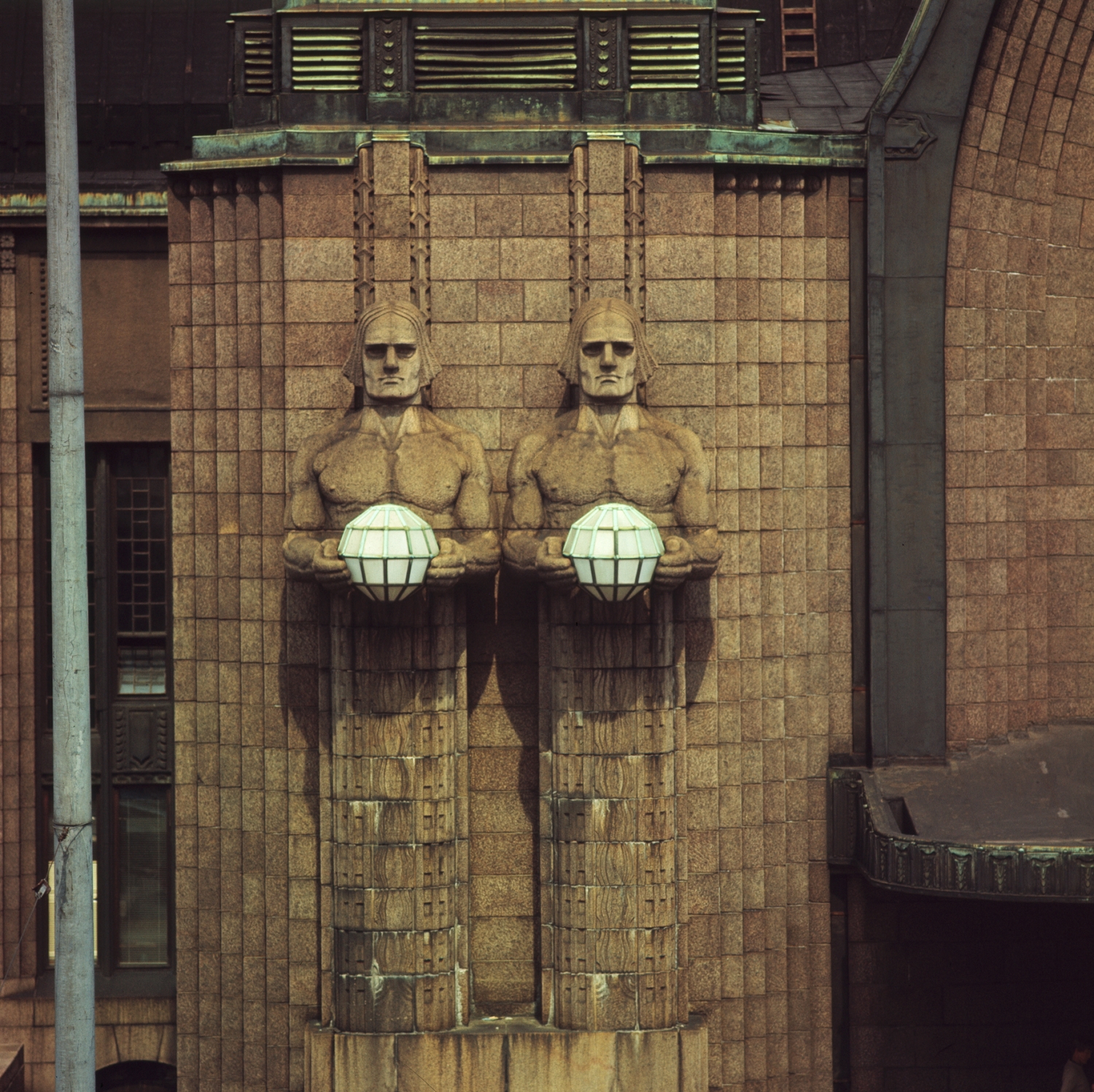
Eliel Saarinen, Central Railway Station, Helsinki